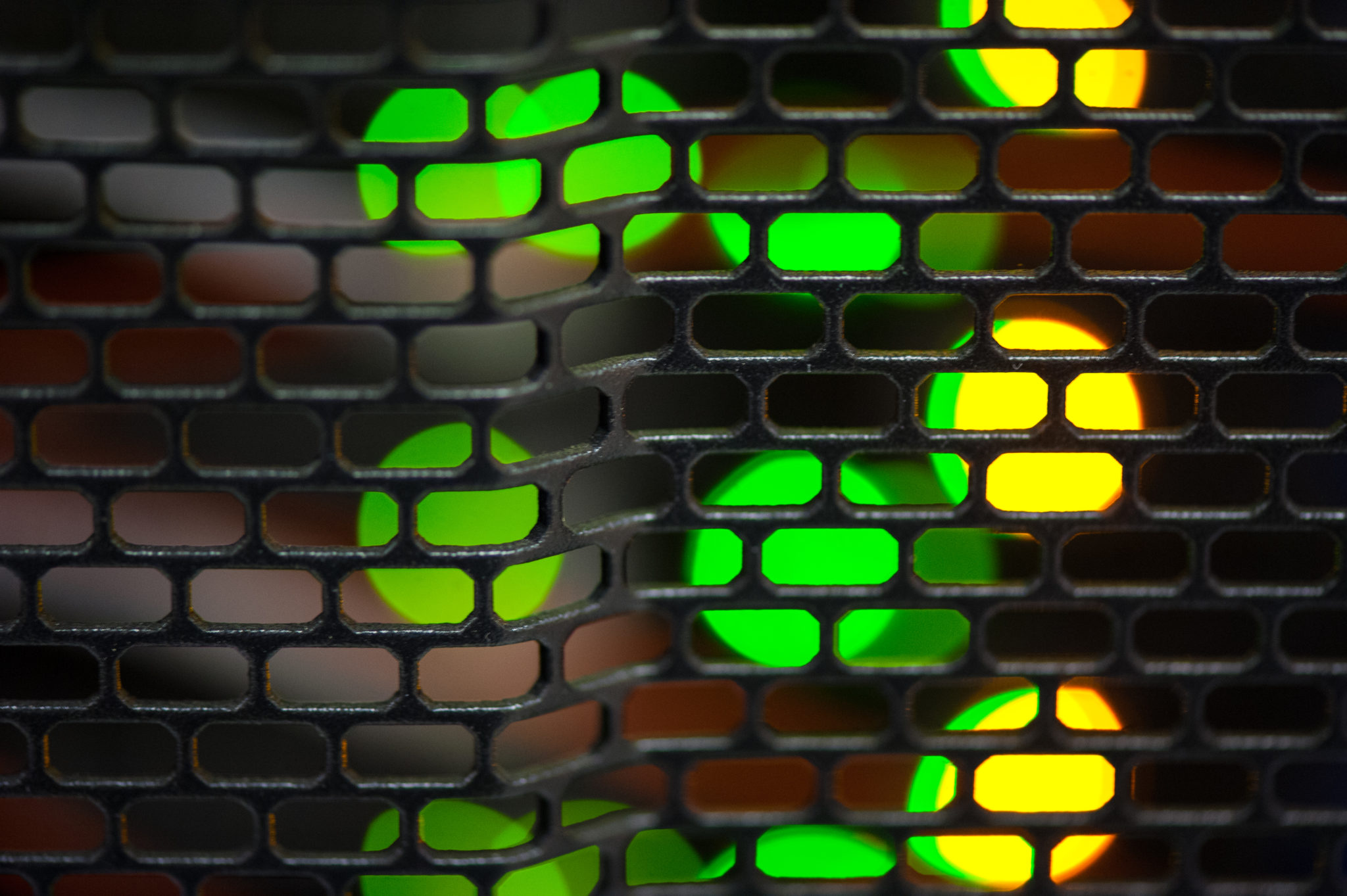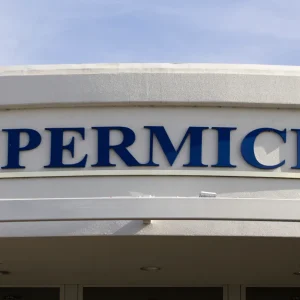
The supercomputer may be a bit more niche that cloud computing, but it remains a large, competitive market that sparks interest and intrigue.
This week there’s been a cornucopia of announcements around high performance computing, partly thanks to the release of the latest Top500 list of the fastest supercomputers in the world, and because of the Supercomputing 2017 conference being held in Denver.
Companies such as Dell EMC, Cray, and HPE have all been busy at the show, with Hewlett Packard Enterprise, the market share leader with 36.4% of it, according to IDC, revealing updates to its Apollo compute platform.
The solutions, which are said to simplify HPC and AI adoption, much like those of Cray, include the HPE Apollo 2000 Gen10, Apollo 70 – the company’s first ARM-based HPC system, Apollo 4510 Gen10, and HPE LTO-8 Tape.

“HPC and AI applications are not exclusive to big research organizations and corporations; they can drive efficiency and innovation in the day-to-day business of every company,” said Bill Mannel, Vice President and General Manager, HPC and AI Segment Solutions, Hewlett Packard Enterprise.
“Today, HPE is augmenting its proven supercomputing and large commercial HPC and AI capabilities with new high-density compute and storage solutions to accelerate market adoption by enabling organizations of all sizes to address challenges in HPC, big data, object storage and AI with more choice and flexibility.”
Packard, Not Picard – HPE supercomputer heads to space, the final frontier
IBM supercomputers to take local weather prediction global
Nvidia takes the lead in Green500 with 13 of the most efficient supercomputers
Never one to be overshadowed by HPE, Dell EMC has also come out with new machine learning and deep learning solutions.
Dell EMC’s bringing out new machine learning and deep learning ready bundles, to help customers to deploy and hopefully benefit from using the technologies. It is also introducing the Dell EMC PowerEdge C4140 accelerator-based platform for cognitive workloads.
The latest offering from the company will be powered by NVIDIA’s GPUs and Intel Xeon Scalable processors.
NVIDIA is one name that pops up in pretty much every announcement from the companies in the HPC arena, so much so that the company’s Tesla V100 GPU has been chosen by every major computer maker and by every major cloud, according to the company.
However, it is Cray that’s being used by Samsung for its research into AI and deep learning workloads.
“At Samsung, we believe the rapid growth of data has untold potential to improve the way we live,” said John Absmeier, vice president of Smart Machines, Samsung Strategy & Innovation Center and senior vice president, Autonomous/ADAS Strategic Business Unit, HARMAN. “
But first, we need to understand the technology – leveraging artificial intelligence and deep learning – that provides insights into all that data. Cray’s system helps Samsung do that development, and they even use Samsung’s own solid state drives in their system, providing fast and secure memory access. With Cray’s technology, we look forward to the progress and products our work will unlock.”






